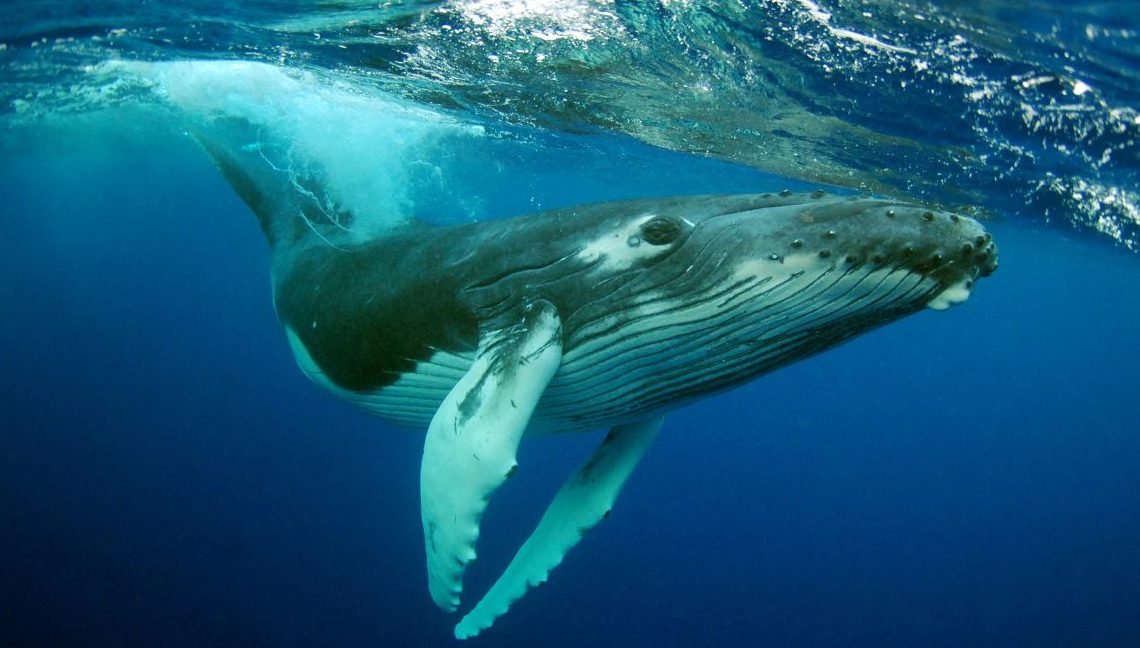Once whale oil was “no longer needed for illumination” in the early 20th century — thanks to the scores of oil wells that began bubbling up in the fields of Pennsylvania — manufacturers used it for fat needed to make margarine, Atlas Obscura reported.
Volatility of the whaling economy led to surpluses of oil in the late 1920s. In turn, that inspired a creative new use for the animal product by the British-based Lever Brothers and Dutch Margarine Unie companies, which bought up whale stocks for cheap margarine production. By 1935, 84% of the world’s whale oil went into the spreadable butter substitute. The firms eventually merged into Unilever, now valued at over $40 billion.
In the years leading up to World War II, margarine was a main food supply of Britain, but its use was severely reduced in the aftermath of the conflict when the ethical issues surrounding whaling first surfaced. By then, margarine companies learned how save costs and started churning out the product with vegetable oil instead, effectively eliminating whale from the recipe.
Thanks for reading InsideHook. Sign up for our daily newsletter and be in the know.


















